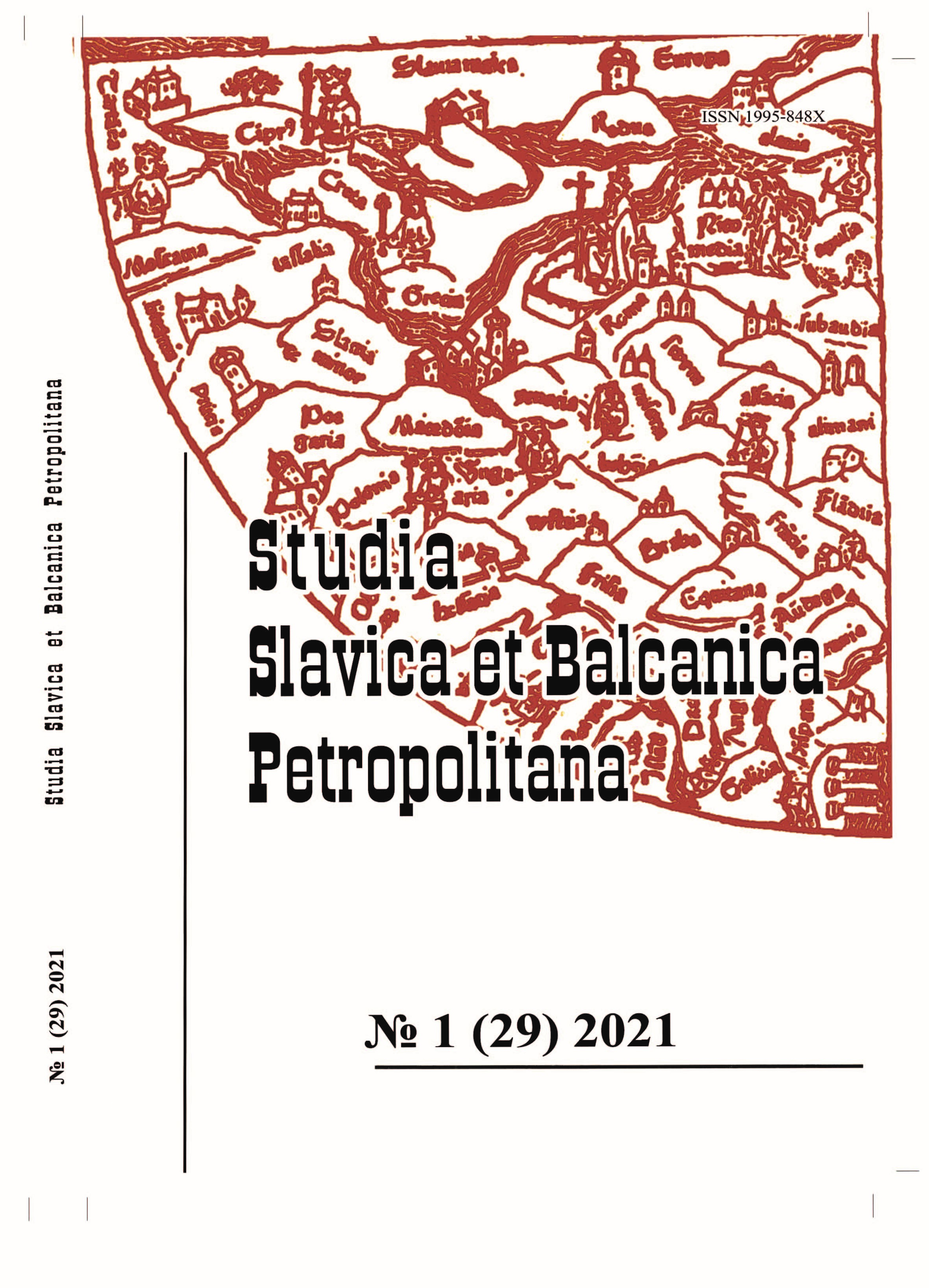Written and visual expressions of authority of female monastic institutions in Medieval Livonia: From 13th to 15th century
Written and visual expressions of authority of female monastic institutions in Medieval Livonia: From 13th to 15th century
Author(s): Gregory LeightonSubject(s): Cultural history, Visual Arts, Ethnohistory, Local History / Microhistory, Gender history, Middle Ages, 13th to 14th Centuries, 15th Century, History of Art
Published by: Издательство Исторического факультета СПбГУ
Keywords: Livonia; Medieval Women; Church History; Teutonic Order; Late Medieval; Northern Europe; medieval studies; cultural studies;
Summary/Abstract: This article presents a study of how women (specifically nuns and abbesses) were perceived in medieval Livonia. Given the significant increase in accessible academic work on the crusading movement in the eastern Baltic, scholarly considerations of the visual culture of this region, and reconsiderations of the roles played by women in the medieval world in general, this article turns from the central regions of the study of Medieval Europe to the periphery. It begins by providing a historical overview of the sources, commenting on the sparsity of specific representations of women in the narrative texts for the Livonian crusades produced in the 13th century. Following this overview, it analyses the representations of women in the vast amount of charter evidence available for the study of Livonia. The first part of the article looks at the ways these institutions were patronized as a result of their intercessory authority. Looking at donations from the 13th to the 15th century, this article also comments on the ways in which private citizens, church officials, and members of the Teutonic Order viewed these intercessory powers. The second part also considers the economic authority gained by these institutions, particularly in the form of land donations. Finally, this article addresses the ways in which women of authority styled themselves in the written documents and depicted their power in the form of visual media, particularly on seals but also in the form of architecture.
Journal: Петербургские славянские и балканские исследования
- Issue Year: 2021
- Issue No: 1(29)
- Page Range: 15-35
- Page Count: 21
- Language: English

